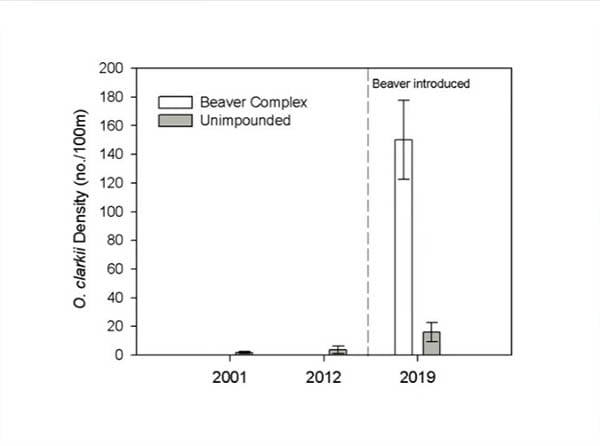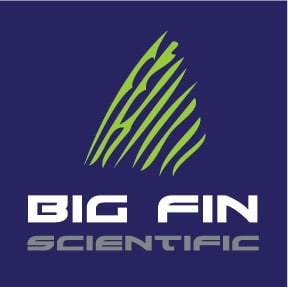No products in the cart.
Return To Shop
0
0
No products in the cart.
Return To Shop
Shopping cart (0)
Subtotal: $0.00
Questions? Contact us if you need assistance.
Our Partners
Reintroduction of Beaver:
Rancher’s Insight Restores Watershed and Native Cutthroat Trout
Preston, Idaho Rancher Jay Wilde is not a scientist by title but his mind never stops asking those pressing questions. Very simplistic he starts by saying “Cows need two things – Something to something to eat and something to drink”. The something to drink part of his equation was lacking. Which led him to question, “where did the water go?” His once free flowing stream had turned into a drizzle mid-summer. That’s where the questions started. One morning it dawned on him – Beavers! That’s what is missing. That’s where his dream and a desire to restore beavers to his ranch on Birch Creek started. The goal was to return Birch Creek to a perennial stream, provide water for his cattle and restore the habitat on his beloved ranch.
Jay partnered with Utah State University and their scientists, Joe Wheaton and Nick Bouwes, to devise a plan to transplant beavers and get them to take up home. The partnership between the two was a perfect collaboration. Using a model called BRAT (Beaver Restoration Assessment Tool), a study was done of the area to identify local vegetation, habitats and capacity. Using their findings, the team then came up with a plan. BDA’S (Beaver Dam Analog) were installed, and 9 beavers were transplanted. The success has been extraordinary and after 7 years there are estimated to be 32 beavers and 4 active complexes with over 200 dams where previously there was no beaver activity for decades. Even more profound is the effect this keystone species had in the Birch Creek canyon. The stream that used to run dry late June is now running perennially and a significant increase in the population of the native Bonneville Cutthroat Trout. The stream has shown an increase from 5 fish per 100 meters in 2012 to 70 fish per 100 meters in 2019.

Jay is now spreading the word of the success of Birch Creek beaver reintroduction and watershed enhancements by traveling around North America presenting at seminars to teach others that the once thought of pest is actually a vital part of the ecosystem. He also speaks about his excellent stewardship on his grazing allotment that according to the USU scientists and his Forest Service partners was a key to the success of this restoration project.



To learn more of the project or listen to recorded seminars
CLICK HERE

PARTNER:
Big Fin Scientific
Our mission: Drastically lower the costs of collecting fish data.
Big Fin Scientific is passionate about lowering costs of ecosystem assessment. Our software and systems are used by Fishery Managers, Fish Scientists and Researchers of all types to assess the health of fish populations rapidly and inexpensively. Our ultimate goal: help Humans make smarter decisions regarding our impact and use of the Environment.
If you like what we’re doing, please “like” us on Facebook, follow us on Twitter and send our info to your colleagues.
More
More

